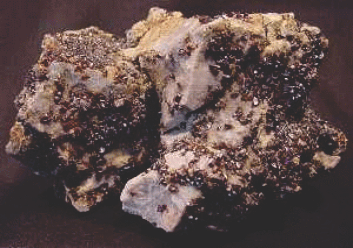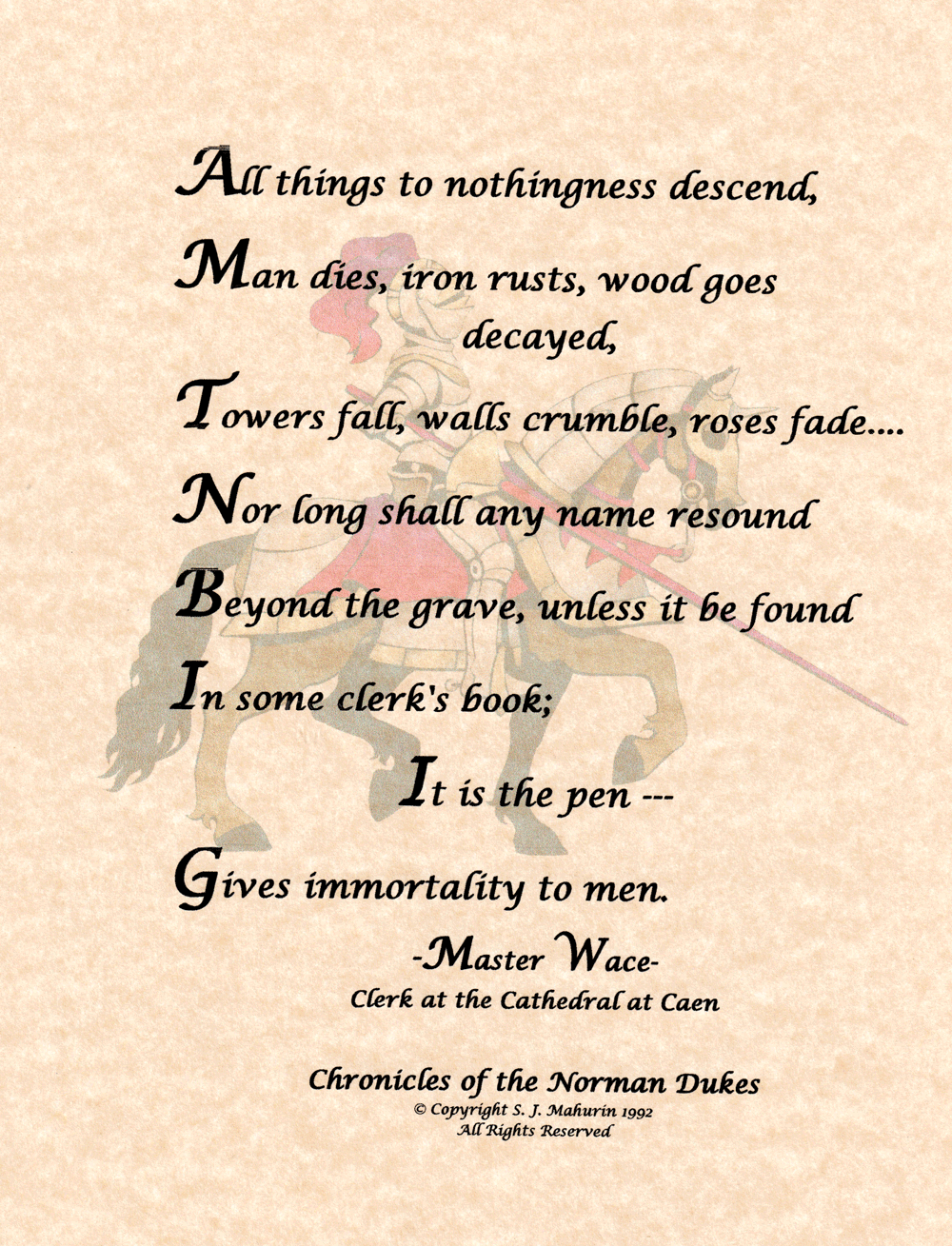The City That Jack Built
by Marie VanSickle Rentfrow - 1997
Joplin Missouri was called “The City that Jack Built.” Then Picher Oklahoma became known as “The Town that Jack Built.”
Who's Jack?
Zinc, as an ore, was called “jac,” or “sulphide” as a pig metal, it was termed “spelter” when it was combined with other metals, its name was “brass” or “bronze” and when it was used to preserve a steel sheet or wire, it was call “galvanized.” No where was it called by its right name “zinc.”

In early Tri-State mining, zinc was in much more common use than lead. The area first mined by the Spaniards was more for the zinc. Zinc was used extensively for roofing their homes and cathedrals. The material being selected not only for its cheapness, but also for its durability and permanence. They also used sheet zinc for cornices, architectural ornaments, gutters, leaders and flashing. Later zinc was used in many buildings in New York City instead of copper and steel at a marked saving in cost. The use of zinc by mixing with other materials has resulted in brass candlestick, electric fixtures, telephone wires, garbage cans, electronics, television tubes and the eyelets of shoes; all are non-rusting. Zinc oxide has been used in facial powders, as it was found to be good for the skin. Zinc Oxide played a personal part in the war. The soldiers who received wounds were treated by the surgeons with ointments and dressings largely composed of this product. Do you know, too, that it was used to protect and heal men from the burns of poison gas? It was called Sag Paste, which soldiers spread over their faces to protect them from mustard gas. Spell “sag” backwards and you have “gas.”
Zinc was a war necessity at the start of World War I and the Tri-State area was called upon to supply it for a hundred uses. As copper and other metals grew scarcer, zinc was the reserve force that saved the day. First, zinc was needed to mix with copper and form the brass for the shells of the projectiles. Then oxide of zinc began to perform a great and valiant work. All of the rubber tires on the trucks used to move military supplies to the battle fronts, as well as on the much-used and sorely needed ambulances, were made in part from zinc oxide. The steel on battleships and the transports that conveyed the armies were protected by paint in which zinc oxide as a basic element. It was by burning zinc dust that the smoke screens were made which hid ships from the U-boats.
Zinc was also important during World War II. It rendered splendid service in the manufacture of dry batteries and disinfectants. It was also discovered that sheet zinc could be used as a substitute for galvanized iron or steel for refrigerator linings.
The above helps to explain zinc. Most people know how valuable lead became.

